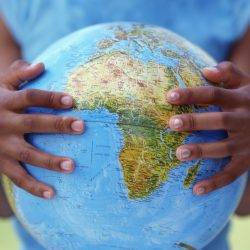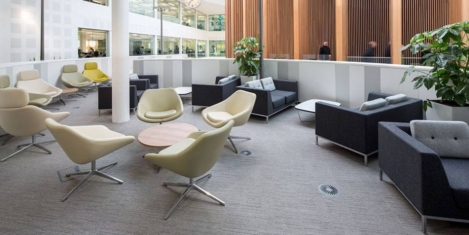October 18, 2016
World education programme aims to help 34,000 young people worldwide 0
 Global trade enabler DP World is rolling out its Global Education Programme internationally following an English language pilot in seven countries with an aim to deliver over 100 sessions in seven additional languages by the end of 2016. Volunteers from 17 DP World locations in the UAE, India, Pakistan, Senegal, the UK, Argentina and the Philippines delivering the programme have received positive feedback from students and teachers. Over 90% of teachers in the pilot countries said that the course provided their pupils with something new their school could not have provided and 85% said they would be likely to recommend DP World as an employer to pupils. The Global Education Programme aims to engage 34,000 children between the ages of 8-14 by 2020 with DP World volunteers delivering it from across its network of 77 operating marine and inland terminals in 40 countries.
Global trade enabler DP World is rolling out its Global Education Programme internationally following an English language pilot in seven countries with an aim to deliver over 100 sessions in seven additional languages by the end of 2016. Volunteers from 17 DP World locations in the UAE, India, Pakistan, Senegal, the UK, Argentina and the Philippines delivering the programme have received positive feedback from students and teachers. Over 90% of teachers in the pilot countries said that the course provided their pupils with something new their school could not have provided and 85% said they would be likely to recommend DP World as an employer to pupils. The Global Education Programme aims to engage 34,000 children between the ages of 8-14 by 2020 with DP World volunteers delivering it from across its network of 77 operating marine and inland terminals in 40 countries.

































